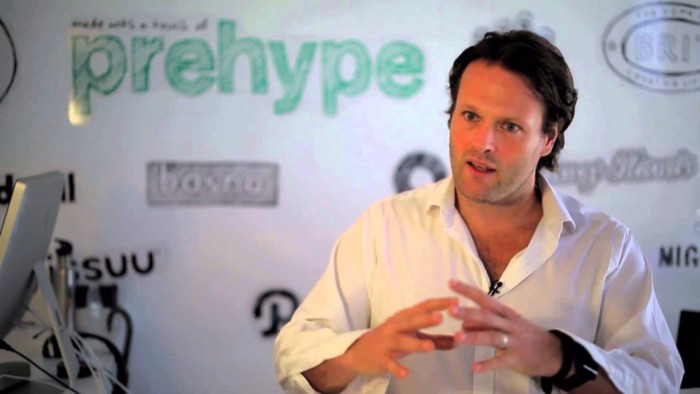What happens if you lower the risk of trying?

The inimitable Henrik Werdelin tends to say that corporations need to lower the risk of trying new things.
As I’ve understood his thinking —and I’m sure he’ll correct me if I’m misunderstanding — the logic is basically as follows. Big company boards tend to assume that trying new things will be risky. They therefore optimize for making sure an opportunity is big enough to merit the perceived risk. This is “increasing the opportunity of trying.”
Henrik, as he tends to, tries to reframe this concept. Worry less about how big the opportunity is, he might argue. Focus instead on making it less risky to try things. Help the people in your organization feel comfortable working on new projects. Create structures that allow experiments to run for short, focused periods of time and have effective “kill switches” that prevent them from dragging on.
This is true for small organizations too. Even people. The reason people struggle to leave jobs in which they’re unhappy often tracks to their fear that a new opportunity is not big enough to merit the risk they’re taking by jumping ship. This is backward. The goal should be to find low cost, low risk ways of trying new things: work on nights and weekends until something gains steam; focus on finding a number of great people from whom you know you’ll learn even if everything else doesn’t go to plan.
The reasoning for doing this is simple. When you lower the risk of trying, a few things happen:
- A bias towards action develops. Opportunity sizing is ground zero for over analysis. Whereas a “nothing really to lose, so let’s see what happens” attitude is one that yields launches. More often than not, done is better than perfect, as they say. (And while we’re at it, might as well lob in the old “when all is said and done, more is said than done” one here too!)
- You’re more likely to be first. Being first is not everything, by any stretch of the imagination. But in most cases a lead is very helpful. Gains have a way of compounding. Ask Gladwell. When you try things, you are more likely to experience something that others have not yet. And when you’ve done that a few times, you start to actually recognize those learnings, which in turn you can apply towards giving the next thing you try a higher chance of success.
- People speak up. If the stakes feel like life and death, most people tend to keep their feelings to themselves. They would prefer to be silent than to express an opinion that, with so much on the line, proves wrong. Not so in “de-risked” systems. A broader range of voices is heard in these situations.
All of which is not to say that you can avoid high risk situations completely. There are times when you need to be ready to take your swing. I guess you just have to hope that you’re able to recognize those moments when they come along. Another plug for trying more things: it’ll give you more repetitions off which to base the conclusion that now’s the time to go all in.
This article was originally posted on Medium.
Follow Nicholas on Twitter at @thorneny.





